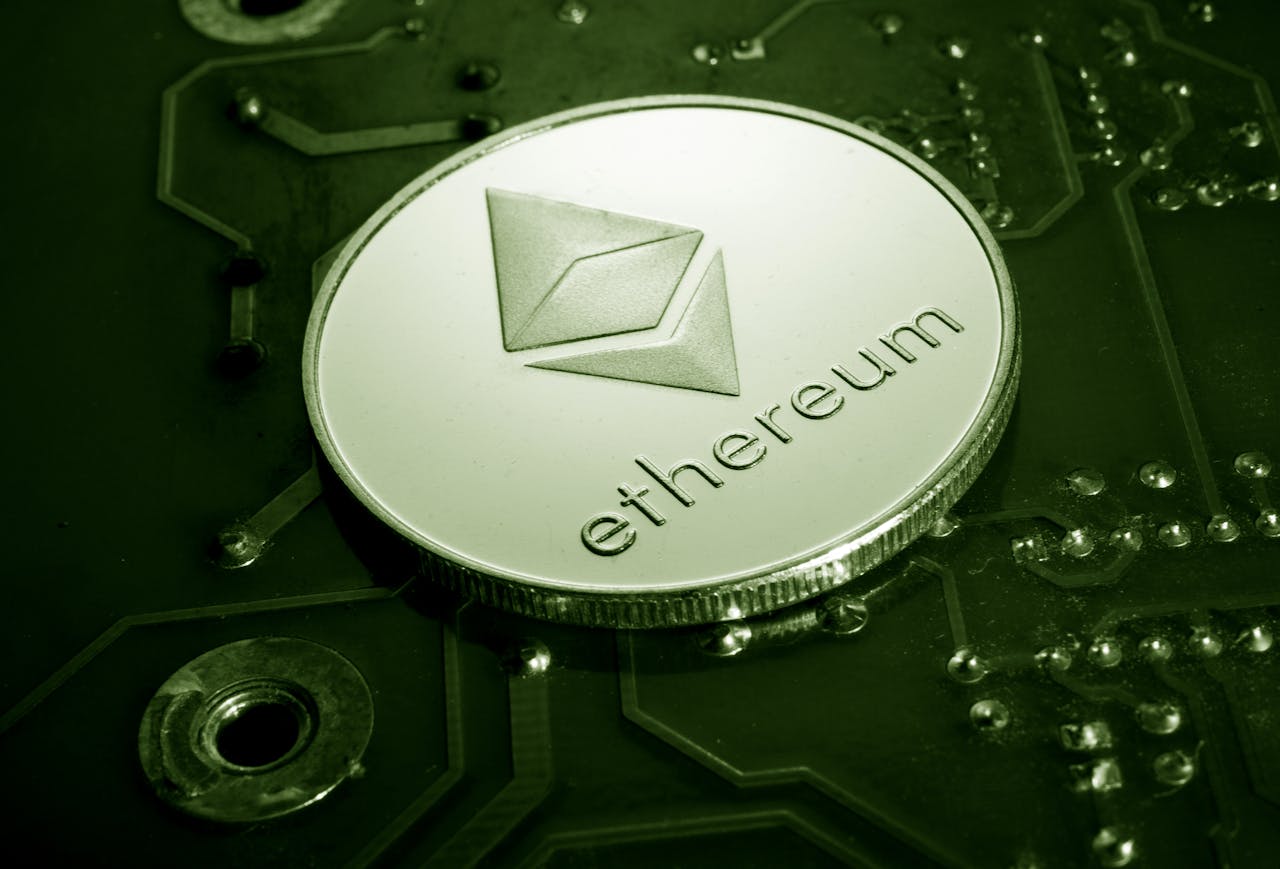Ethereum is a decentralized, open-source platform that runs smart contracts: applications that run exactly as programmed without any possibility of fraud or third-party interference. These contracts are self-executing, meaning that once the conditions of the contract are met, the contract automatically executes itself.
Unlike Bitcoin, which primarily focuses on digital currency, Ethereum is a platform for creating decentralized applications (dApps). This broader functionality has made Ethereum a cornerstone of the blockchain ecosystem.
How Ethereum Works
Ethereum operates on a blockchain network, similar to Bitcoin. However, Ethereum’s blockchain is designed to support smart contracts, which are essentially pieces of code that can automatically execute actions based on predefined conditions. These smart contracts can be used to create a wide range of applications, from financial contracts to supply chain management systems.
To execute smart contracts, Ethereum uses its native cryptocurrency, Ether (ETH). Ether is used to pay for transaction fees and to compensate miners for verifying transactions and adding new blocks to the blockchain.
The Ethereum Virtual Machine (EVM)
The Ethereum Virtual Machine (EVM) is the core component that enables the execution of smart contracts. It’s a software interpreter that executes code stored on the Ethereum blockchain. Any computer with the EVM software can run Ethereum applications.
Beyond Cryptocurrency: The World of dApps
Ethereum’s ability to support smart contracts has opened up a vast array of possibilities for decentralized applications. Some examples of dApps include:
- Decentralized Finance (DeFi): This involves building financial applications on blockchain technology, such as lending platforms, decentralized exchanges, and stablecoins.
- Non-Fungible Tokens (NFTs): These are unique digital assets representing ownership of items like art, collectibles, and virtual real estate.
- Gaming: Ethereum can power blockchain-based games with decentralized economies and ownership of in-game assets.
- Supply Chain Management: Tracking the movement of goods from raw materials to the end consumer using smart contracts.
Challenges and the Future of Ethereum
While Ethereum has achieved significant milestones, it also faces challenges. Scalability, high transaction fees, and energy consumption have been major concerns. To address these issues, Ethereum is undergoing a series of upgrades, collectively known as Ethereum 2.0, which aim to improve the network’s performance and efficiency.
The future of Ethereum is bright. With its ability to create complex and decentralized applications, it has the potential to revolutionize various industries. As the technology continues to mature and adoption grows, we can expect to see even more innovative and impactful dApps emerge on the Ethereum platform.

















